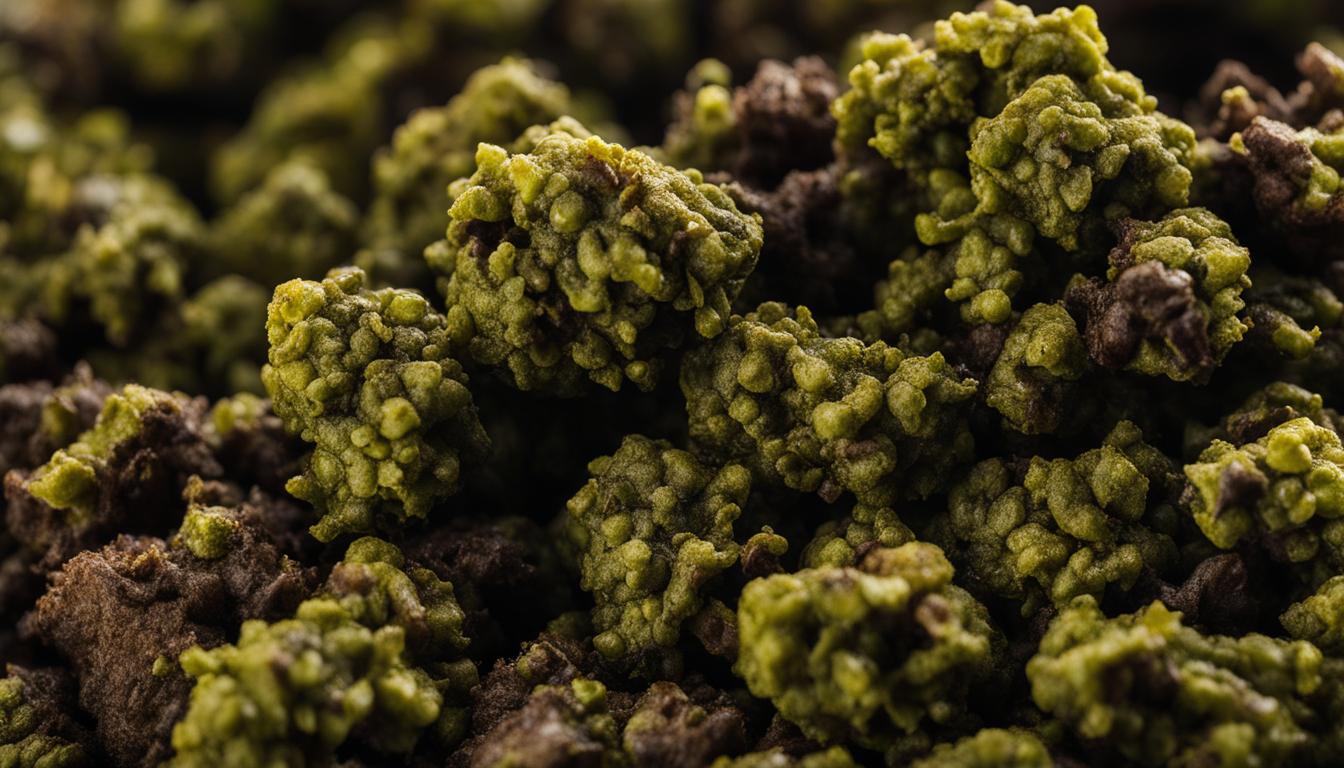Understanding Dog Allergies
Got a sneezing fit every time your furry buddy comes around? You’re not alone. Dog allergies are a real thing, and knowing what causes them and how to spot the symptoms can make life a whole lot easier for both you and your pup.
What’s Causing the Sneezes?
Dog allergies usually kick off because of proteins in your dog’s skin cells, saliva, urine, and dander. Yep, it’s not just the fur. These allergens are everywhere—on their skin, in their spit, and even in their pee. So, if you’re thinking about getting a “hypoallergenic” dog, keep in mind that no breed is completely allergy-proof. Some might shed less, but they can still trigger those pesky allergies.
How to Spot the Symptoms
Allergic reactions to dogs can show up in different ways. You might find yourself sneezing like crazy, or you could have skin issues. Here’s what to look out for:
Breathing Troubles
- Sneezing
- Runny or stuffy nose
- Itchy or watery eyes
- Coughing
- Wheezing
- Trouble breathing
Skin Issues
- Red, itchy, or irritated skin
- Rash or hives
- Excessive scratching or licking
- Hair loss or thinning
If you have asthma, dog allergies can make it worse. You might find it harder to manage your asthma symptoms, and in some cases, it could lead to asthma attacks that need immediate medical attention.
What to Do Next
If you think your dog might be causing your allergies, it’s a good idea to chat with your vet. They can help you figure out what’s going on and suggest the best way to handle it. Whether it’s changing your dog’s diet, giving them regular baths, or even considering allergy shots, there are ways to make life with your dog more comfortable.
So, don’t let dog allergies get you down. With a bit of knowledge and some proactive steps, you and your furry friend can live happily ever after.
Managing Dog Allergies
Dealing with dog allergies can be a real pain, but there are ways to make life easier for both you and your furry friend. Here are some tips and tricks to help manage those pesky symptoms and improve your dog’s quality of life.
Lifestyle Changes
Tweaking a few things around the house can make a big difference:
- Keep ‘Em Out: Try to limit your dog’s access to certain areas, like bedrooms or furniture, to reduce allergen exposure.
- Clean, Clean, Clean: Regular vacuuming, air purifiers, and washing your dog’s bedding can help keep allergens at bay.
- Grooming Time: Regular brushing and baths can help remove loose hair and dander. Use hypoallergenic shampoos to avoid irritating your dog’s skin.
- Outdoor Fun: If pollen or other outdoor allergens are the culprits, adjust your dog’s outdoor time during peak allergy seasons or avoid certain areas.
Medications for Dog Allergies
Sometimes, a little help from the pharmacy is needed. Over-the-counter (OTC) and prescription meds can work wonders:
- OTC Options: Antihistamines, nasal decongestants, and nasal corticosteroids can help. Always check with your vet before giving your dog any medication.
- Prescription Meds: Your vet might prescribe something stronger if OTC options aren’t cutting it. For more info, check out our article on dog allergy medication.
Natural Remedies for Dog Allergies
If you prefer to go the natural route, there are plenty of options:
- Saline Sprays and Nasal Rinses: These can help clear out allergens from your dog’s nasal passages and provide some relief.
- Apple Cider Vinegar: This can soothe your dog’s skin and ward off fleas. Spray a diluted solution on their skin or add it to their bath.
- Vitamin E and Fish Oils: These can help calm inflamed skin. Apply Vitamin E directly to the affected area and add fish oils to your dog’s diet.
- Oatmeal Baths: Add a cup of blended oatmeal to your dog’s bath and let them soak for about ten minutes. This can provide gentle relief for itchy skin.
By mixing lifestyle changes, medications, and natural remedies, you can help your dog feel a lot better. If things don’t improve, it’s time to see the vet. They can suggest further steps like dog allergy testing or dog allergy shots for long-term relief.
Home Environment and Allergen Reduction
Making your home a safe haven for your allergy-prone dog is a game-changer. By cutting down on allergens and keeping things spick and span, you can make a huge difference in your dog’s comfort. Here are some practical tips to get you started:
Strategies to Reduce Allergens
-
Wash Bedding and Toys: Toss your dog’s bedding and toys in hot water regularly. Aim for at least once a week. This helps get rid of allergens that build up over time.
-
Use a Vacuum Cleaner with a HEPA Filter: A vacuum with a High-Efficiency Particulate Air (HEPA) filter is your best friend. It traps pet dander and dust mites like a pro. Make it a habit to vacuum often, especially in areas where your dog hangs out.
-
Keep Your Dog Out of the Bedroom: Make your bedroom a no-dog zone. This cuts down on allergens where you sleep, giving you better air quality and a more restful night.
-
Maintain Good Indoor Air Quality: A HEPA air filter can work wonders by catching airborne allergens. Good ventilation and regular air circulation also help keep allergens at bay.
Importance of Cleaning and Maintenance
Keeping things clean is key to managing dog allergies. Here’s what you should do:
-
Frequent Grooming: Groom your dog regularly to get rid of loose hair and dander. Brushing your dog outside can help keep allergens from spreading indoors.
-
Clean Living Areas: Give your home a good clean regularly. Dust surfaces, vacuum carpets and upholstery, and mop hard floors to get rid of settled allergens.
-
Choose Cleaning Products Carefully: Go for hypoallergenic and fragrance-free cleaning products. This reduces the risk of triggering allergies in both you and your dog.
By following these tips and keeping your home clean, you can make a big difference in reducing allergens and making your dog more comfortable. But remember, these steps might not completely eliminate allergies. If your dog’s symptoms persist or get worse, it’s a good idea to talk to a vet about dog allergy treatment and dog allergy relief.
Every dog is different, so what works for one might not work for another. Keep an eye on your dog’s reactions and consult with a professional to find the best way to manage their allergies.
Dog Allergies: What You Need to Know
Just like us, dogs can have allergies too. Knowing the different types can help you spot and deal with your furry friend’s issues. Let’s break down three common ones: atopic dermatitis, food allergies, and contact allergies.
Atopic Dermatitis in Dogs
Atopic dermatitis, or atopy, is a biggie in the dog allergy world. It’s usually triggered by stuff like tree pollen, grass, weeds, molds, mildew, and dust mites (VCA Hospitals). If your dog has it, you’ll notice things like itchy skin, face rubbing, licking their feet, and scratching under their arms. Most dogs start showing signs between one and three years old.
To help your dog, you need to figure out what’s causing the reaction and cut down on exposure. This might mean keeping them inside during high pollen times, using hypoallergenic bedding, and cleaning up dust regularly. For severe cases, your vet might suggest allergy tests or meds to ease the symptoms.
Food Allergies in Dogs
Food allergies in dogs can be a real pain. Common culprits include beef, chicken, lamb, eggs, dairy, and soy (VCA Hospitals). Symptoms can range from itching and digestive issues to breathing problems.
If you think your dog has a food allergy, try an elimination diet. Feed them a new protein and carb source for a while and watch for changes. Once you know what’s causing the problem, your vet can help you create a diet plan that avoids those ingredients. Remember, food allergies usually don’t respond well to steroids or other meds.
Contact Allergies in Dogs
Contact allergies are less common but still a hassle. They happen when your dog touches something they’re allergic to, like flea collars, pesticides, certain grasses, or materials like wool or synthetic fibers (VCA Hospitals). You’ll see skin irritation and itching where they made contact, usually on their feet and belly.
To manage contact allergies, you need to pinpoint and remove the allergen. This might mean changing their bedding, avoiding certain grassy areas, or using different flea treatments. Sometimes, your vet might suggest topical treatments or meds to help with the symptoms.
Understanding these allergy types can help you take action and keep your dog comfortable. If you think your dog has allergies, talk to your vet for a proper diagnosis and treatment plan.








